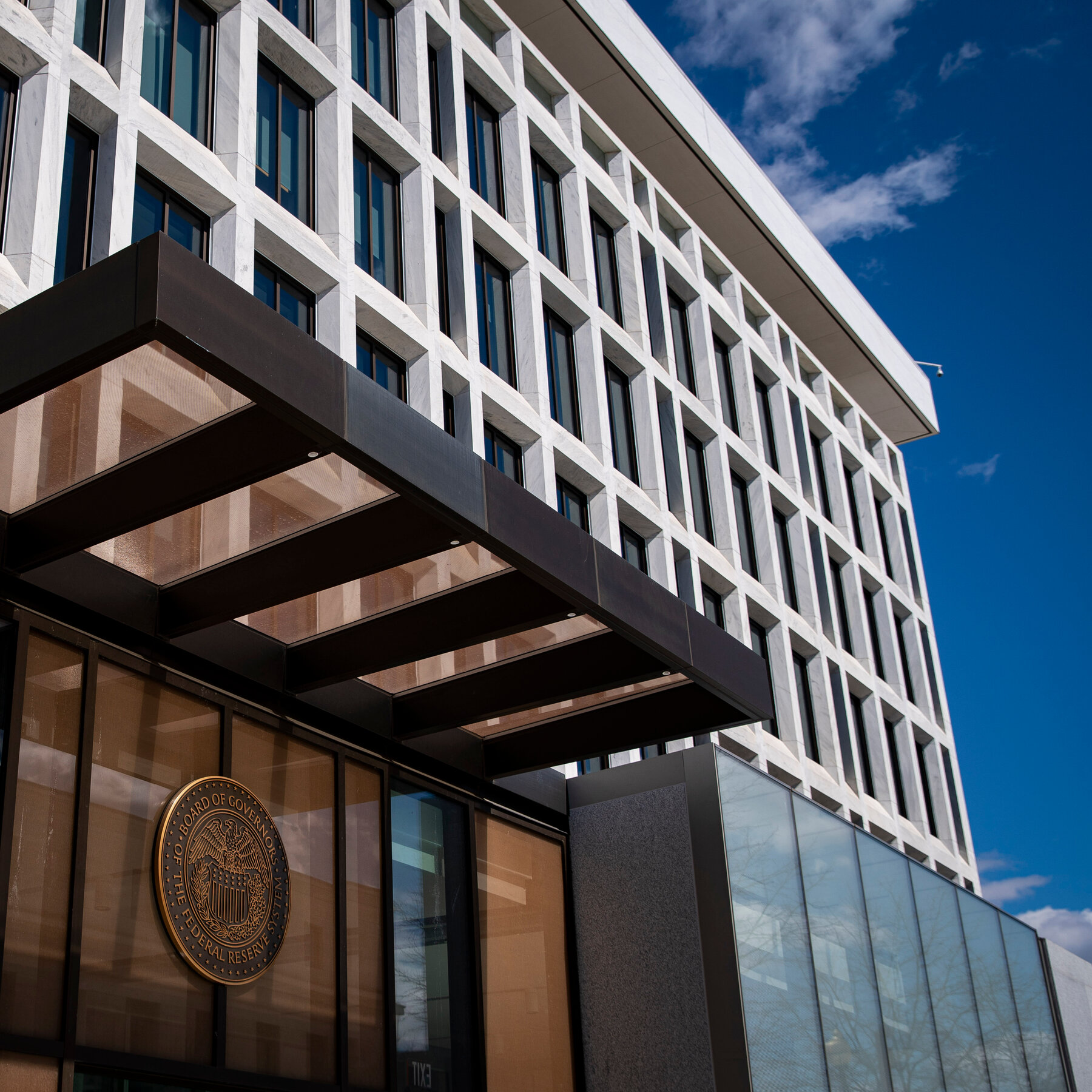The Australian economy shows signs of continued sluggishness. The National Australia Bank’s (NAB) latest business survey reveals a slight decline in overall business conditions, suggesting the subdued economic activity seen in Q1 data persists into Q2.
This softness is particularly evident in consumer-facing sectors like retail, while a positive employment outlook remains a bright spot.
Business confidence fell back into negative territory in May as conditions continued to gradually soften, suggesting the subdued economic activity seen in the Q1 GDP data has continued into Q2. Business conditions slipped just below average with trading conditions and profitability easing – though the employment sub-component improved somewhat to be back above average.
There were falls in conditions across most consumer-facing sectors including retail and recreation & personal services, while forward orders remained negative overall with deep negatives in retail, wholesale and construction. Nonetheless, capacity utilisation remains above average and cost and price growth measures rose in the month – including retail price growth, which rebounded back up to 1.6% in quarterly terms. This suggests that, while growth has slowed, the process of bringing supply and demand back into balance remains incomplete, reinforcing our expectation that inflation will continue to moderate only gradually from here.
NAB Chief Economist Alan Oster said that business conditions fell 1pt to +6 index points overall, just below the long-run average. Employment rose 3pts to +5 index points, while trading conditions and profitability both fell 3pts. “Business conditions softened a little further in May,” said NAB Chief Economist Alan Oster. “We know from the Q1 GDP data that economic activity has been very subdued for much of the past year and the survey suggests this has continued into Q2, with conditions in consumer-facing sectors the ones that are bearing the brunt as households adjust their spending behaviour. That said, it is pleasing to see an improvement in the employment index this month which suggests that the labour market remains a point of strength for the economy,” said Mr Oster.
Business confidence fell 4pts (unrounded) to -3 index points. Forward orders rose 1pt to -6 index points. Capex fell 4pts to +4 index points, while capacity utilisation rose slightly to 83.3%.“Business confidence fell back into negative territory in May, continuing a period of fairly weak business confidence,” said Mr Oster. “Forward orders also remained negative and deeply so in retail, wholesale and construction – a sign that these sectors are under pressure and certainly a potential warning sign for the outlook. Despite the softening in activity, capacity utilisation remains above average which suggests the process of bringing supply and demand back into balance remains incomplete,” said Mr Oster.
Labour cost growth rose to 2.3% in quarterly equivalent terms (from 1.5% in April) and purchase cost growth also rose to 1.9% (from 1.3%). Product price growth lifted to 1.1% overall (from 0.8%). Retail price growth rose to 1.6% (from 1.0%), while recreation & personal services prices edged up slightly to 1.0% (from 0.9%).
“Cost and price growth measures appear to have re-accelerated in May,” said Mr Oster. “We have been wary for some time that the path of inflation from here is likely to be gradual and uneven, and the survey results really reinforce this message. Overall, the message here is a mixed one for the RBA,” said Mr Oster. “There are warning signs on the outlook for growth but at the same time reasons to be very wary about the inflation outlook, and we expect the RBA to keep rates on hold for some time yet as they navigate through these contrasting risks.”
Anneke Thompson, Chief Economist said that Business confidence took a tumble in the NAB May 2024 conditions survey, to be -3 index points and back into negative territory. “Business conditions also fell to be just below the long run average. Businesses surveyed reported falling trading and profitability conditions, but a slight rise in employment and labour, input and product pricing. The overall results could reflect the prevailing sentiment that inflation will be around for longer than initially hoped, and as a result interest rates will stay higher for longer.
“Notably, confidence fell sharply in construction (as well as manufacturing and transport & utilities) suggesting the tough operating conditions in the construction sector will abound for some time. The construction sector has a rolling annual Business Failure rate of 5.0 per cent, and is the industry with the highest number of payment arrears, with 10.3 per cent of all invoices more than 60 days overdue. The construction sector also accounts for 23.8 per cent of all registered ATO tax defaults, suggesting that there are many businesses in this sector with cash flow problems. It is unlikely that confidence will begin to improve in the construction sector until cost pressures ease and the first cash rate cut is in near view.”
Keep up to date with our stories on LinkedIn, Twitter, Facebook and Instagram.
The latest NAB business surveys reveal a slowdown extending into Q2, with overall business conditions dipping and confidence falling into negative territory News, Consumers, Nab Dynamic Business








